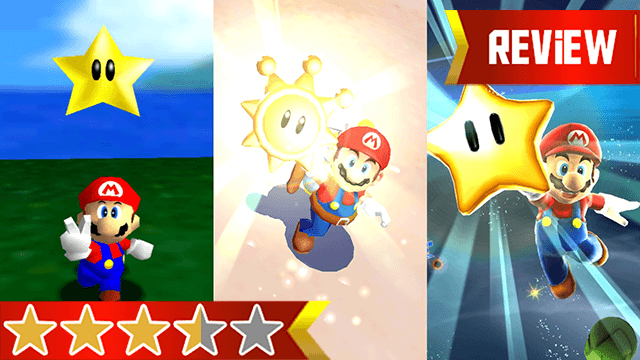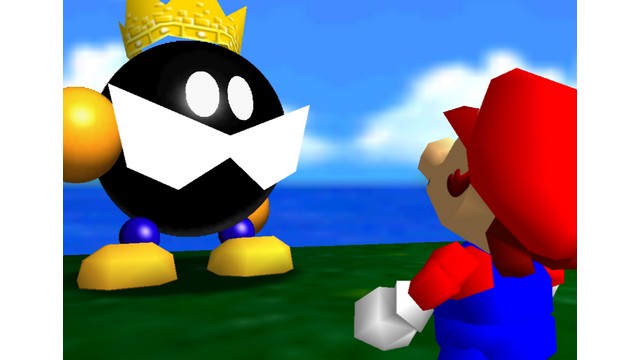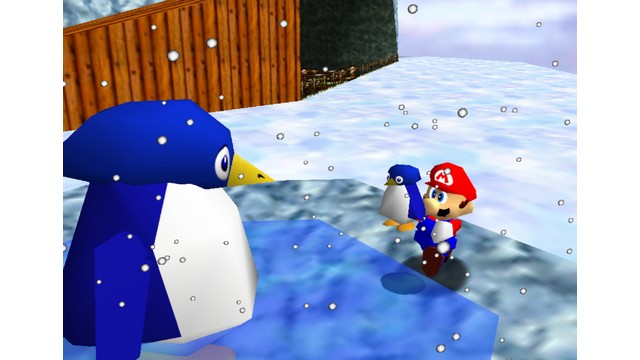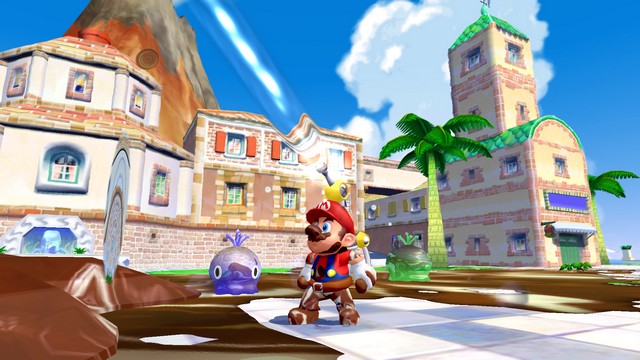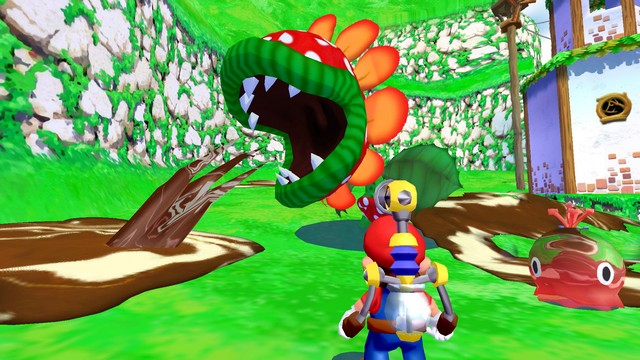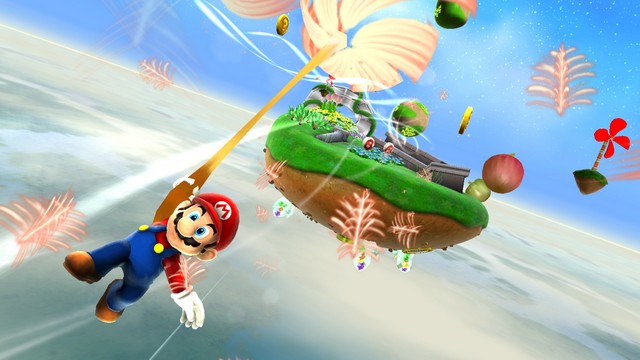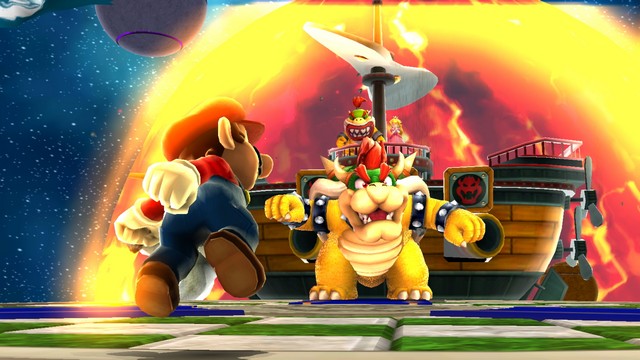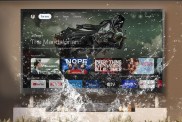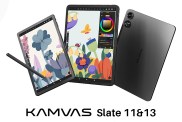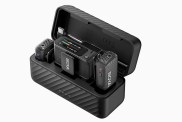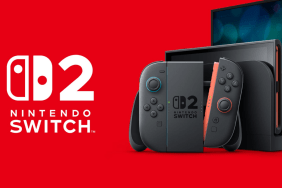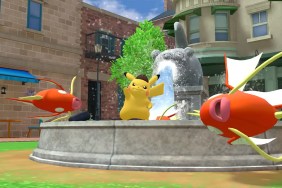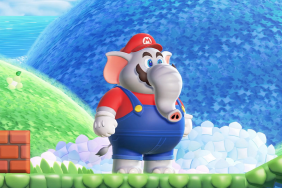Oh Nintendo, for all your innovation and quality, you continuously miss the mark with your treatment of your back catalog. Out of all the video game companies to ever exist, Nintendo is likely the most wholly beloved. Despite a misstep here and there, the company’s first-party titles are largely hailed as masterpieces and frequently listed as some of the best games of all time. Despite this, Nintendo’s policy concerning its classics is haphazard at best, with the recent release of Super Mario 3D All-Stars exemplifying the company’s apathy.
Super Mario 3D All-Stars brings Super Mario 64, Super Mario Sunshine, and Super Mario Galaxy to the Switch, alongside access to their soundtracks. Each title has received varying amounts of visual tweaks and updated controls, but for the most part, they’re straightforward ports. The quality varies between each of them, so I’ll cover the individual titles in separate sections below.
Super Mario 64 | It deserved better
Super Mario 64 was the franchise’s first jump into 3D and was one of the first big 3D platformers. It’s a game that helped set the standards for the genre and for the Mario titles that would come after it. However, as a pioneer, one which was created with the N64 controller in mind, it has some very irritating quirks that can make gameplay frustrating.
Unfortunately, the Super Mario 64 Switch port is very barebones. There’s either been some upscaling done on the textures, or there’s a texture filter in place (or both) that helps smooth out some of the aliasing. The game runs at 960×720 in both docked and handheld mode and is capped at 30fps. All-in-all, it’s just an updated facsimile of the original N64 experience.
However, there’s one aspect of Super Mario 64 that is god awful: the camera. The game was designed around a controller with only one analog stick, so the camera rotated in increments with a button’s press. It was a frustrating system at the time, but we didn’t know any better, so we just made due. However, in 2020, trying to wrangle SM64‘s terrible camera controls continuously is a huge detraction from the still engaging gameplay.
Also puzzling is the lack of Super Mario 64 DS content. The DS version added 30 more power stars, the ability to play as Mario, Luigi, Yoshi, and Wario, and a whole host of other content. One would think that Nintendo would want the Super Mario 3D All-Stars version of Super Mario 64 the definitive edition, but that’s not the case. Also, unlike the Virtual Console version of the game on Wii U, there’s no save state functionality.
The reason that this lackluster port is so disappointing is that Nintendo could easily do better. A recent fan project ported Super Mario 64 to PC (natively, not emulated as seen in Nintendo’s version), and the game can run at 4K in 16:9 ratio at 60fps with unlimited draw distance and can be modded to include a modern analog camera system and high-res graphics. The fan project retains the charm of the N64 version while giving it the visual and gameplay updates to bring it up to par with a modern game, and it’s disheartening to see that Nintendo didn’t find it worth the time to do so internally.
Super Mario Sunshine | A bit sunnier outlook
Nintendo fans fondly remember the GameCube, but it wasn’t that popular during its life cycle. As such, gamers as a whole are less nostalgic for Super Mario Sunshine as they are for Super Mario 64 and Super Mario Galaxy. Sunshine was more of an evolution of Super Mario 64 and the other 3D platformers of the N64, and, with its large hub world and emphasis on exploration, provides a similar experience to those games.
Unlike Super Mario 64, Super Mario Sunshine features a noticeable upgrade to its visual presentation. The textures have been updated to be sharper, and the game is presented in 16:9 ratio instead of the original 4:3. The GameCube’s visuals were outstanding for the time, and the slight polish that Nintendo has placed on them for this port is really all it needed. The game still runs at its original 30fps, which is a bit of a disappointment, but it does so steadily, without the drops that are a hallmark of many Switch titles.
The FLUDD controls are the only other big change that comes with this port. The original game utilized the analog triggers to control the FLUDD’s stream. When actuating the R trigger on the GameCube, the backpack would jet water ahead, while holding it down until it clicked would enter aiming mode. The Switch lacks analog triggers, so Nintendo has changed the scheme to use the ZR and R buttons instead. It’s not a huge deal, but one that will take a bit of getting used to for those who have played the original.
There is one incredibly odd omission with this port. While Nintendo took the time to adapt the controls to the Switch, it didn’t include the option to use a GameCube controller to play the game. Neither the wireless GameCube controllers nor an original GameCube controller through an adapter can be used with Super Mario Sunshine. I hope Nintendo patches this in the future as it’s an inexplicable omission.
The Switch port of Super Mario Sunshine is much better done than the Super Mario 64 one. It’s still not a full remaster, but it aged much better than its predecessor and the updated aspect ratio and textures went a long way.
Super Mario Galaxy | A universal success
The first two games in Super Mario 3D All-Stars are serviceable ports, with Sunshine flirting with greatness. However, the real star of this collection is Super Mario Galaxy. This game is magnificent, one of the best-rated titles of all time, and is even more enjoyable on the Switch.
The visual update to Galaxy is subtle but welcome. The Wii was a standard definition console, and many players’ first adventure through Super Mario Galaxy was at 480p in 4:3 ratio. Fortunately, the Switch is able to run the game at 1080p docked/720p handheld at 16:9 ratio and 60fps. This is a beautiful game, and this is the definitive console release of it. You might be able to push higher resolution on a emulator, but it’s great to have a version that looks and runs as well as this without requiring any ripping discs or tweaking settings.
Nintendo also did an admirable job replacing the Wiimote controls in Galaxy. The most natural way to play on Switch for those who have experienced the Wii game is with a Joy-Con in each hand. The on-screen cursor will respond to the accelerometer and gyroscope in the Joy-Cons and can emulate the Wiimote’s motion controls almost flawlessly. You can also still waggle the controller to initiate Mario’s spin attack.
A welcome addition that comes with the Switch version of Super Mario Galaxy is the ability to use the Pro Controller. With this method, you can still control the cursor by moving the controller, but a button press now controls the spin attack. Handheld mode is a bit of miss control-wise, though as it requires a lot of awkward hand movements to tap the screen and collect star bits.
Super Mario Galaxy is still the best 3D Mario title and is only better with the Switch port’s graphical updates.
Super Mario 3D All-Stars Review | The Final Verdict
The three ports included in Super Mario 3D All-Stars vary in quality. Of the three, Super Mario 64 needed a facelift and modified controls the most, and received the least changes. On the other hand, Super Mario Sunshine and Super Mario Galaxy are much more polished and supersede the original versions in almost every regard.
A $60 price tag for fairly straightforward ports of three games this old would normally be absurd. However, Nintendo games hold their value, so purchasing copies of the originals, not to mention systems to play them on, would be $60 or more. So, given the value of the games on the secondary market, $60 isn’t a terrible price for this collection. However, the omission of Super Mario Galaxy 2 is glaring, as is the lack of any digital manuals, concept art, or any special features aside from the three soundtracks.
If you’re a Nintendo fan, you’re going to want to get Super Mario 3D All-Stars. However, just because the games are good doesn’t mean that these ports are great. They’re adequate, which has to be enough, I guess.
-
Sub-par port of Super Mario 64.
-
Not special features besides the soundtracks.
-
Super Mario Galaxy feels better than ever.
-
Graphical updates and 16:9 ratio for Super Mario Sunshine.
-
No digital manuals.
-
Super Mario Sunshine and Super Mario 64 are 30fps.
